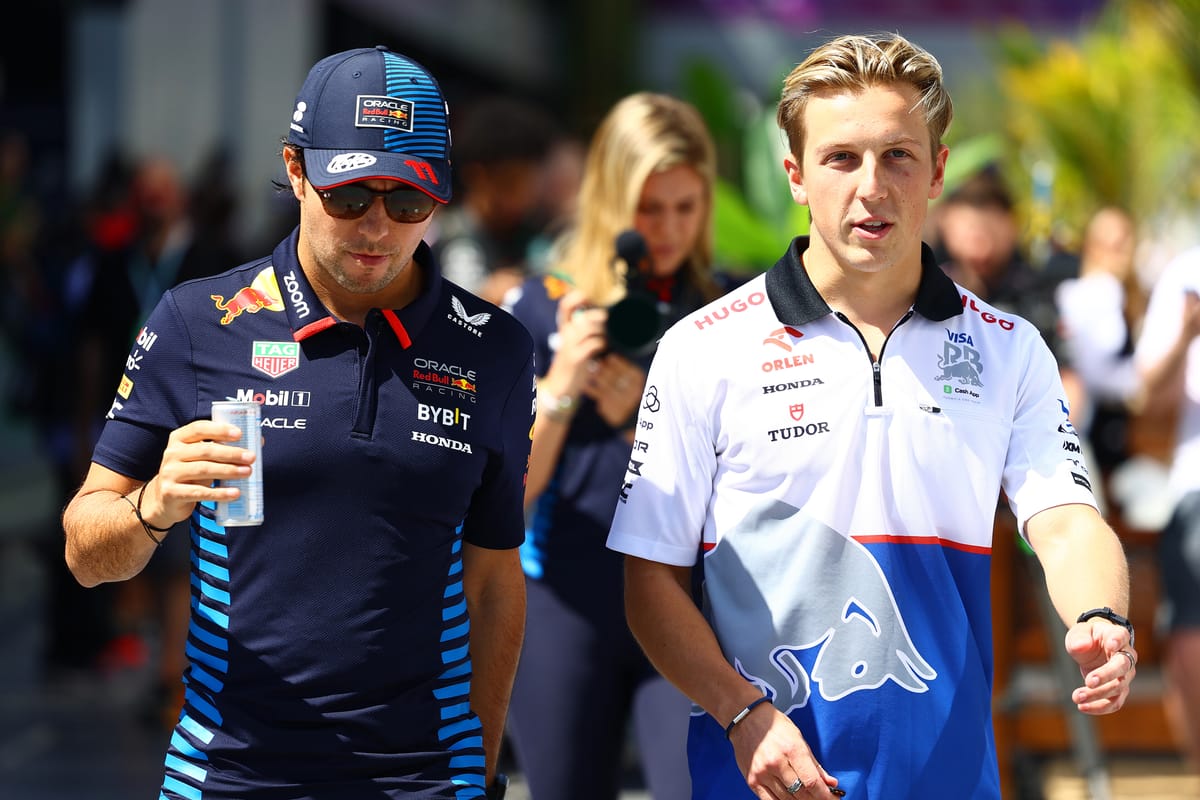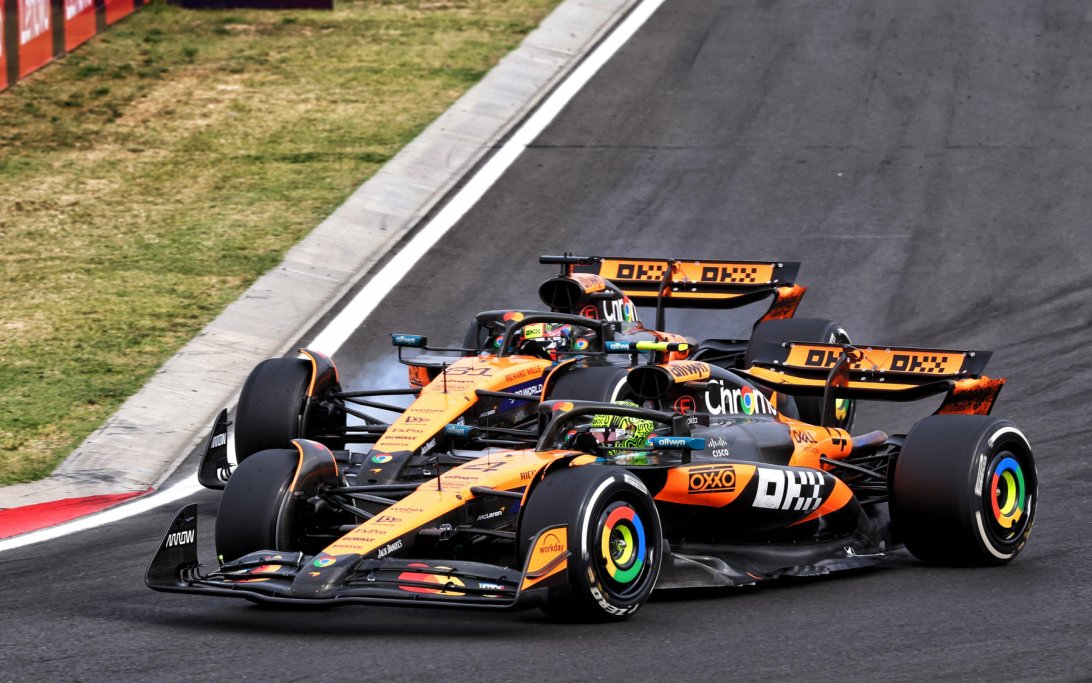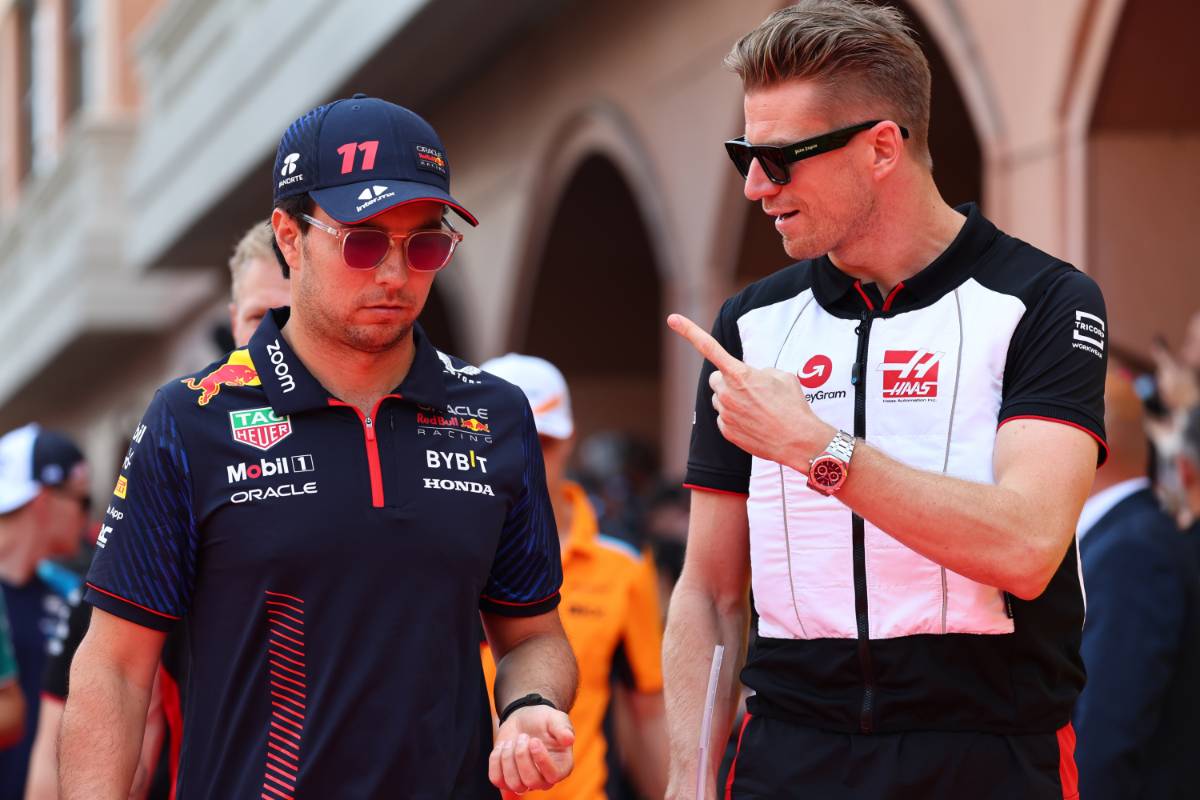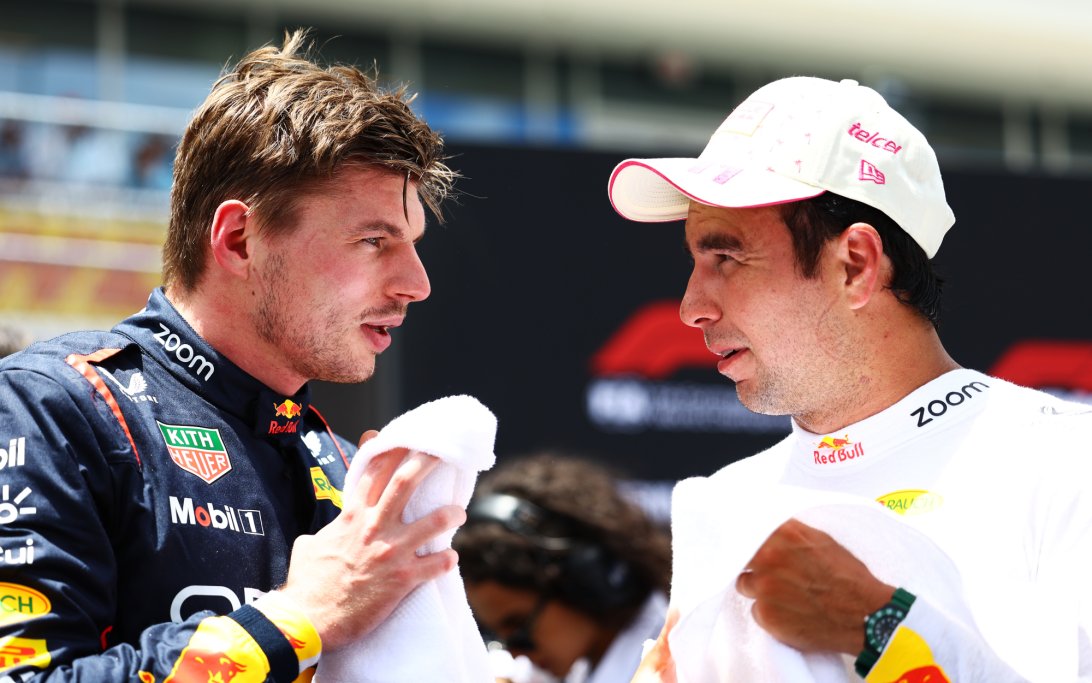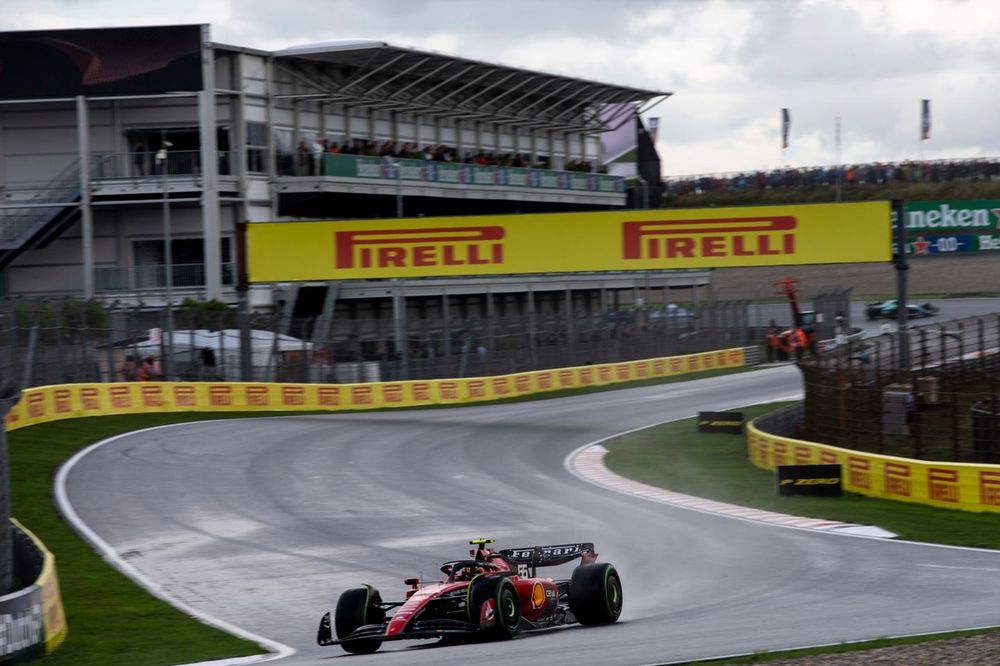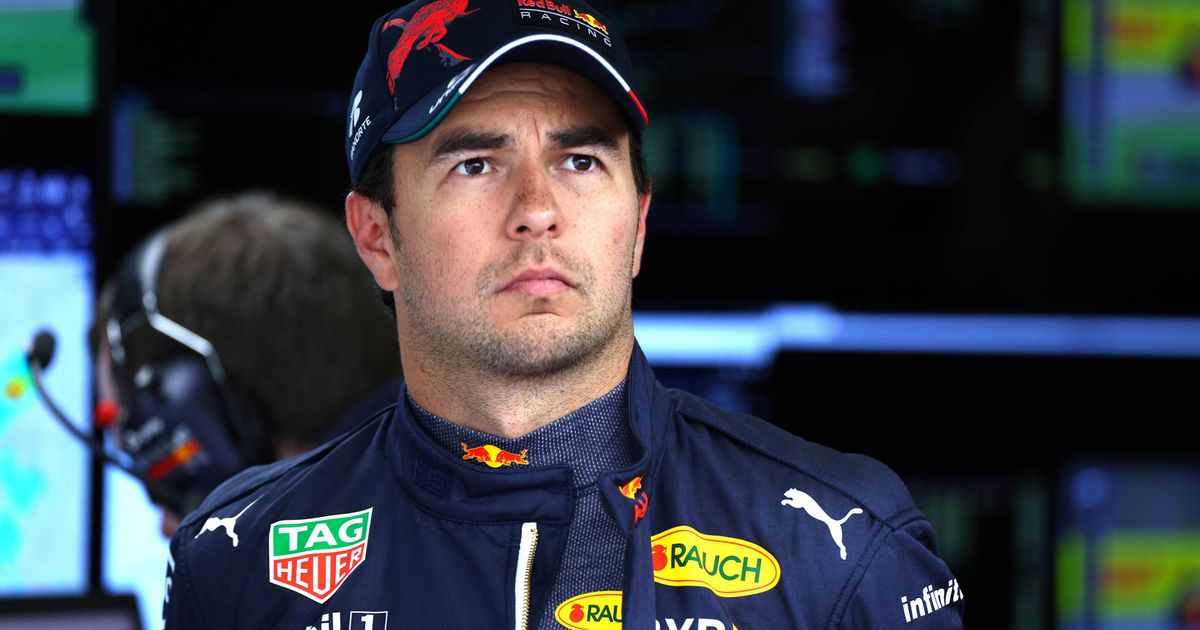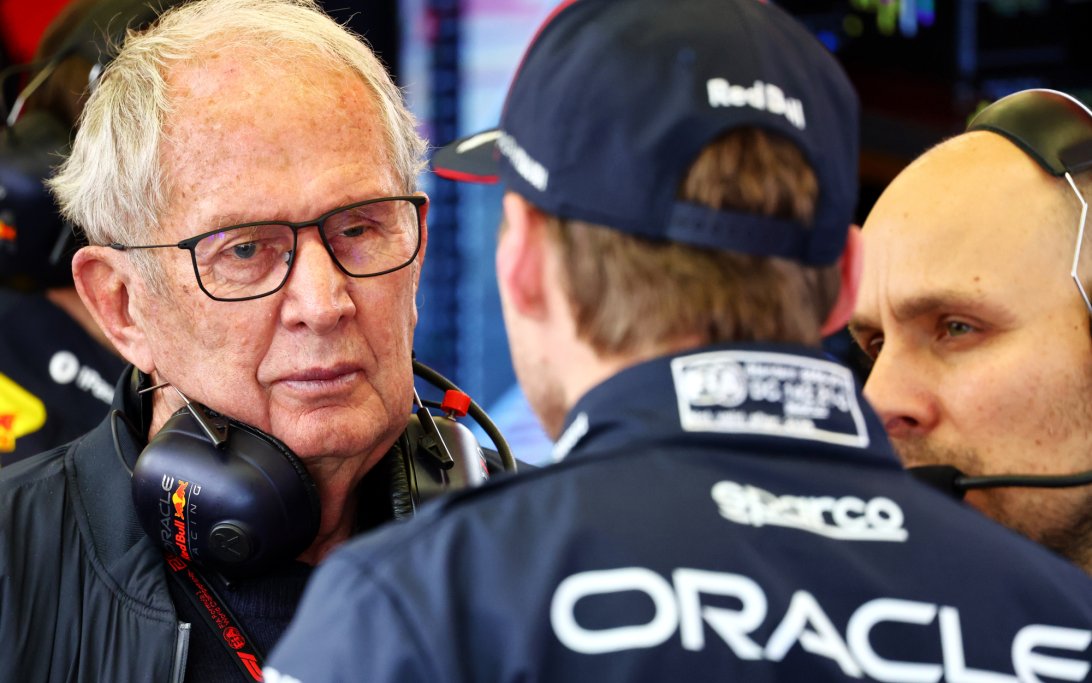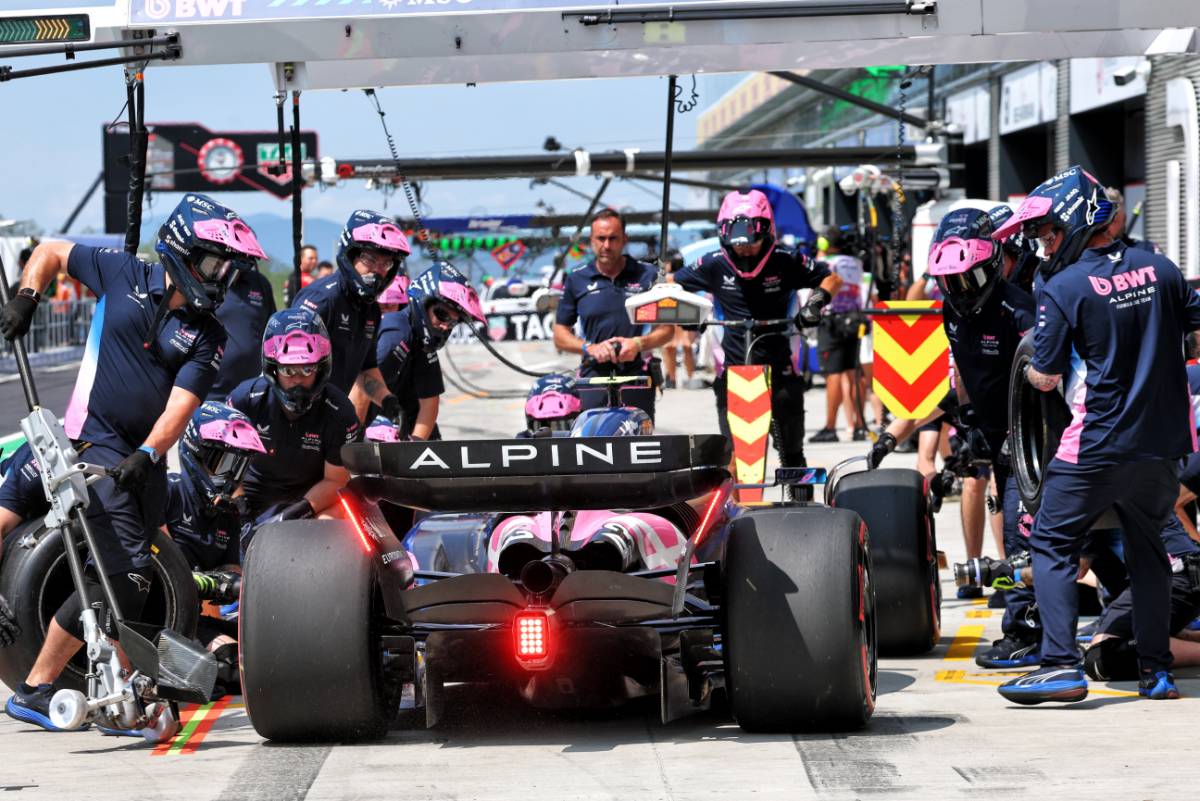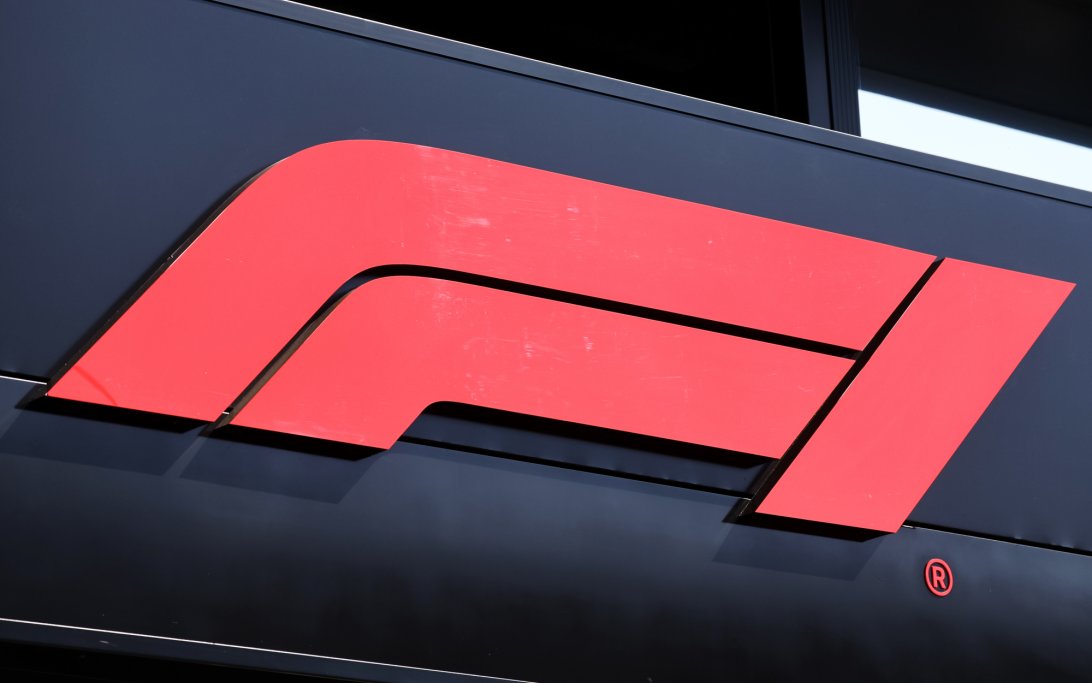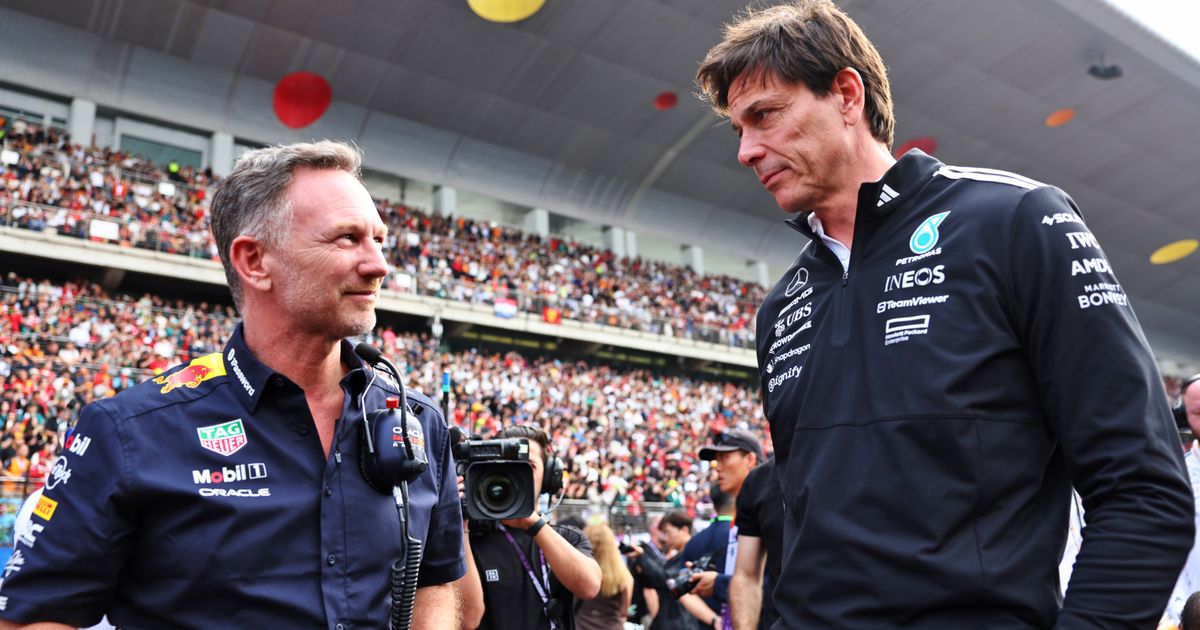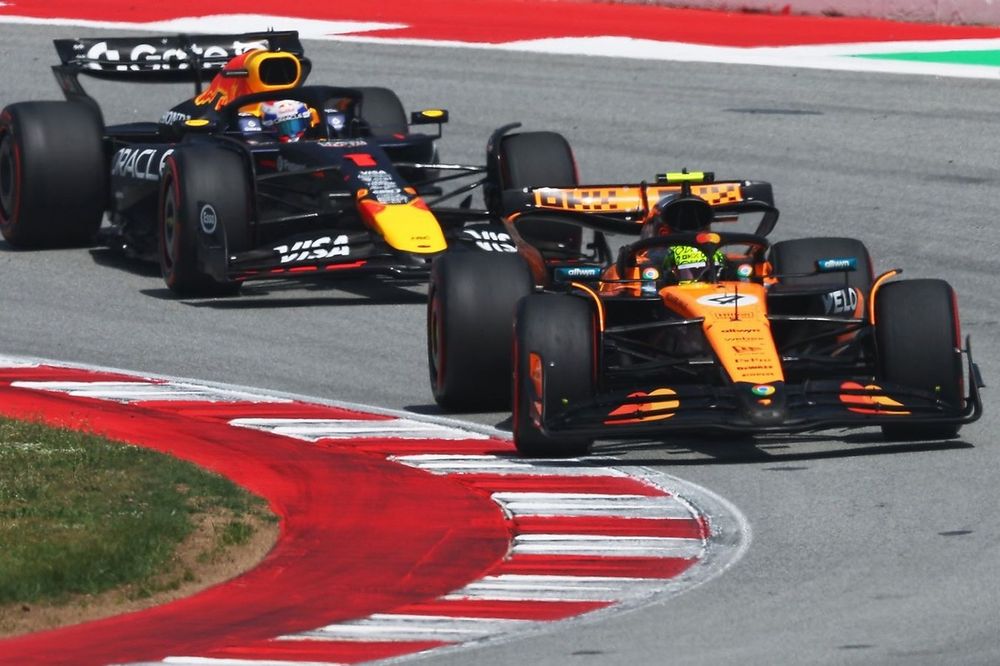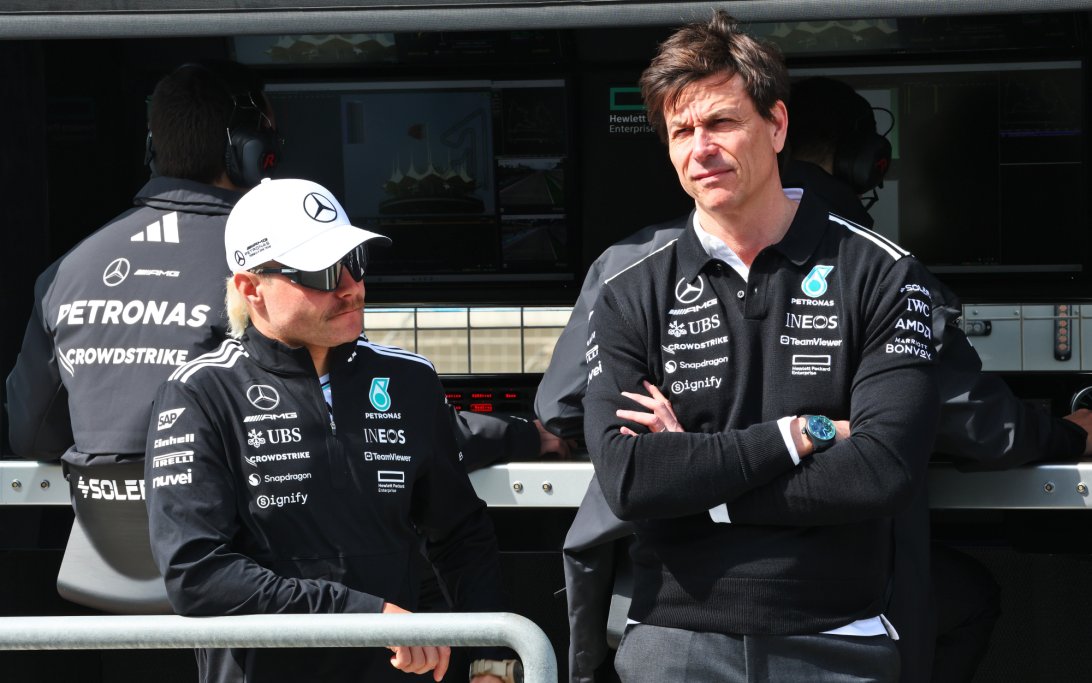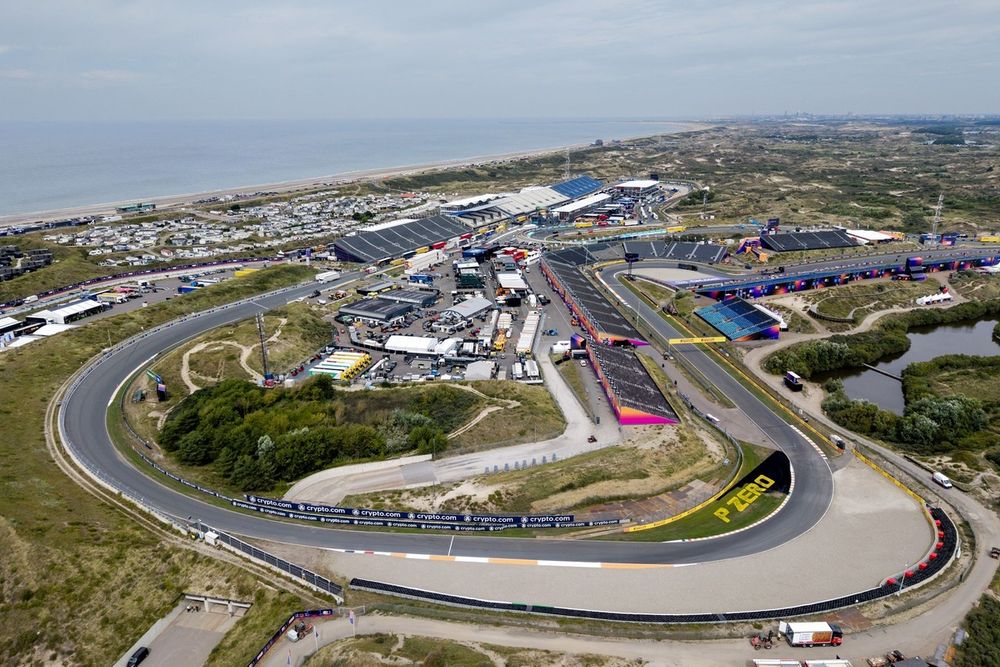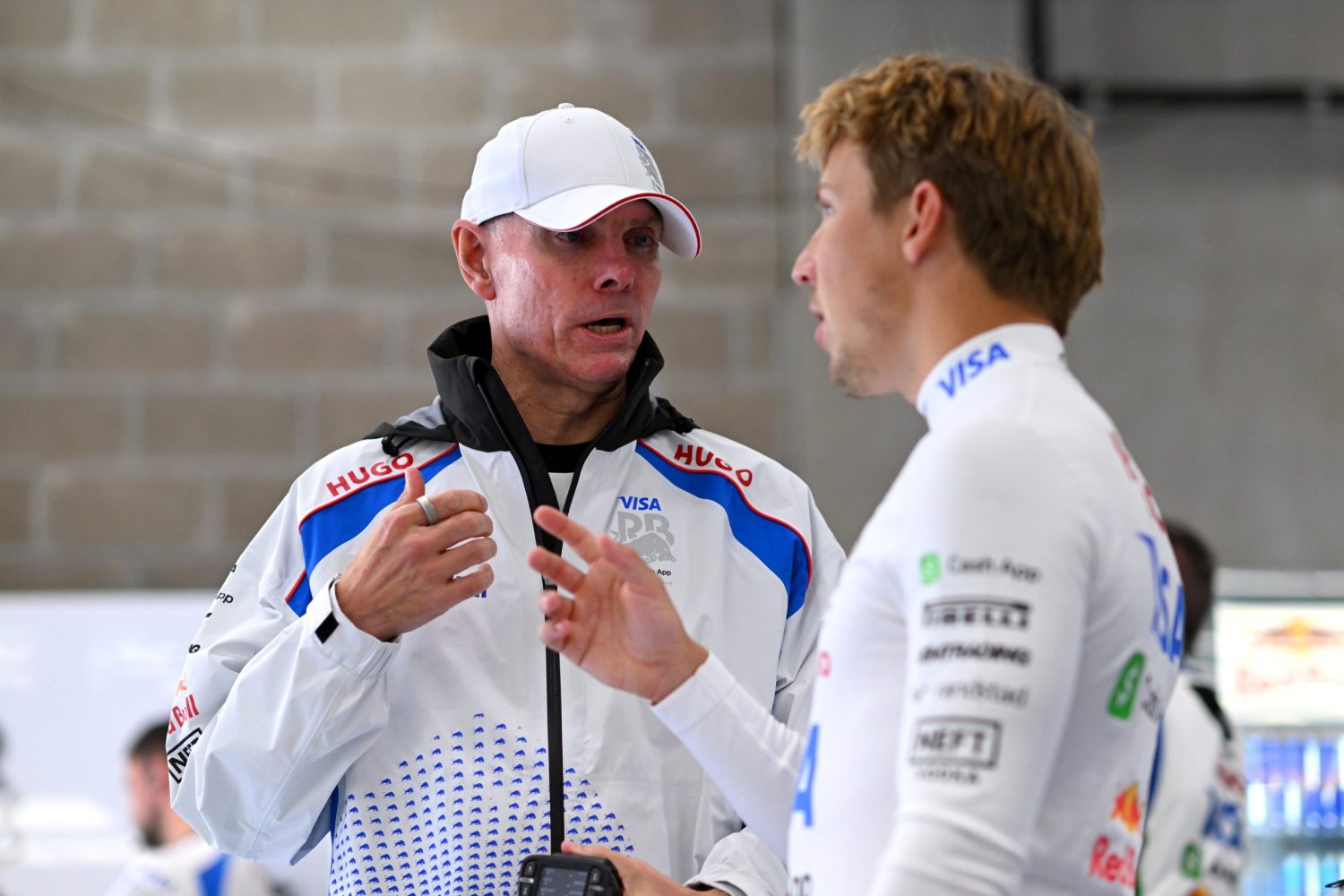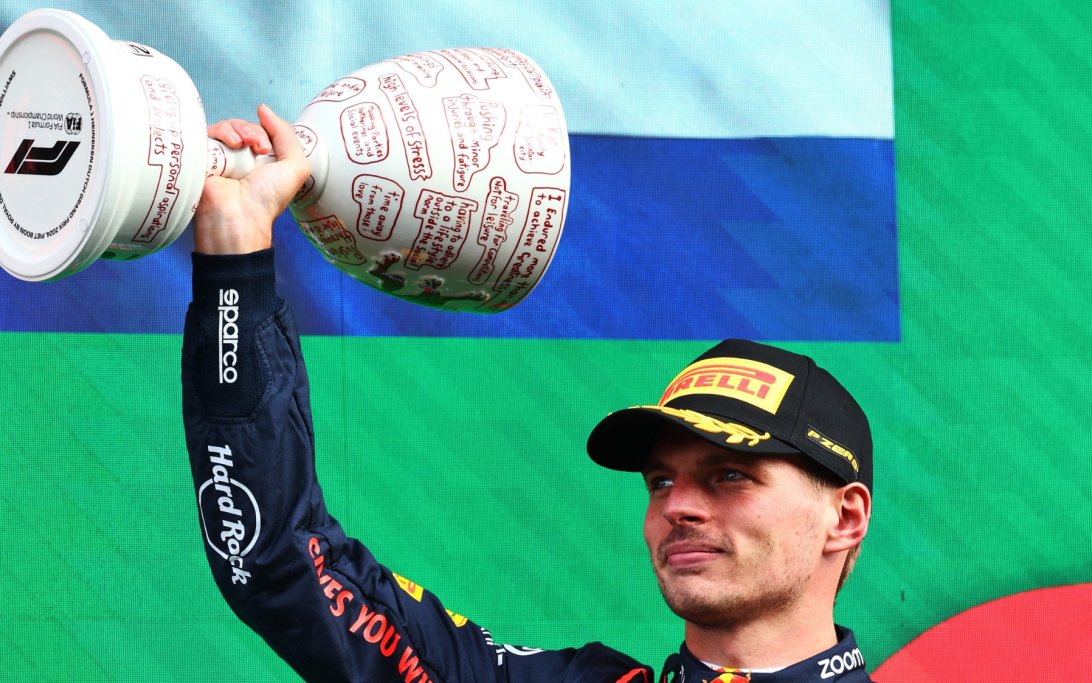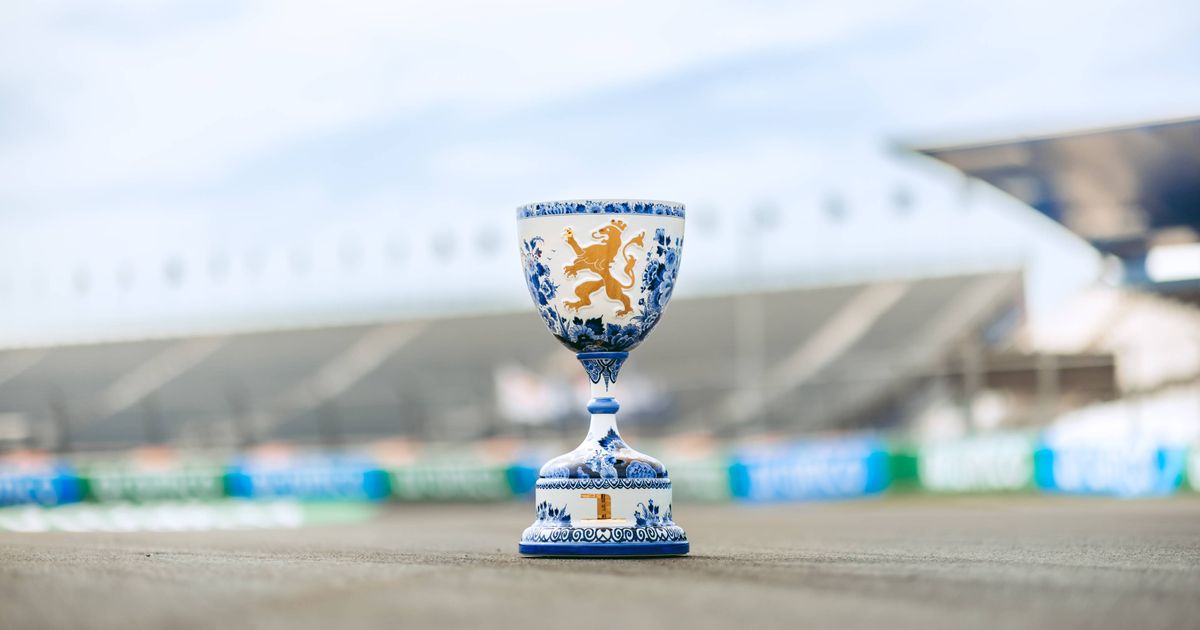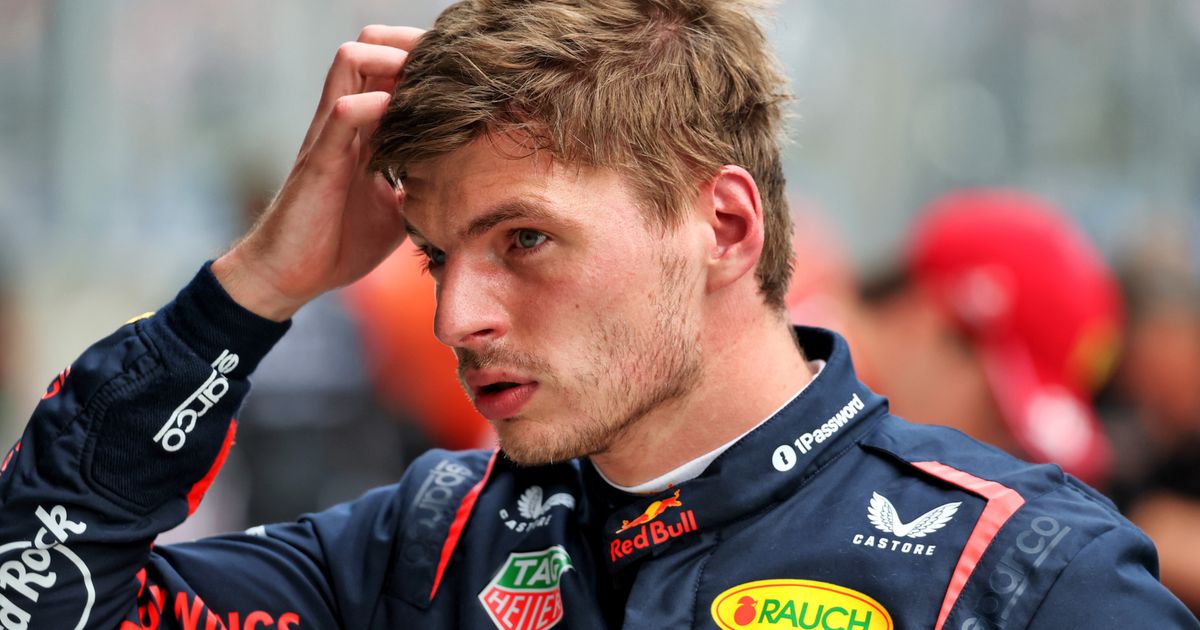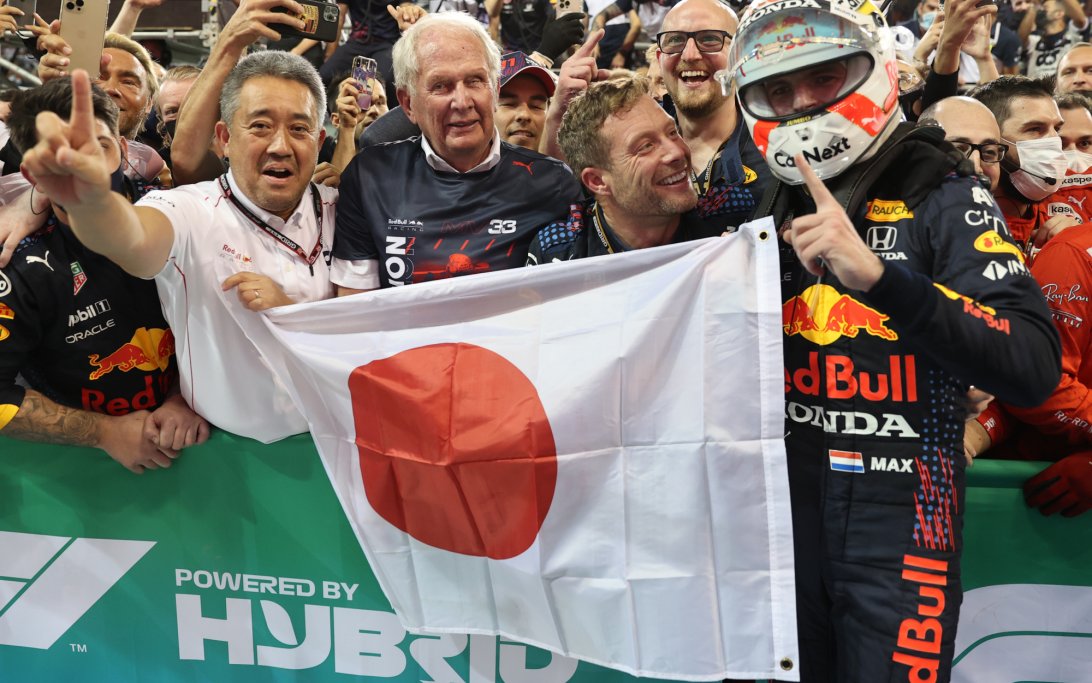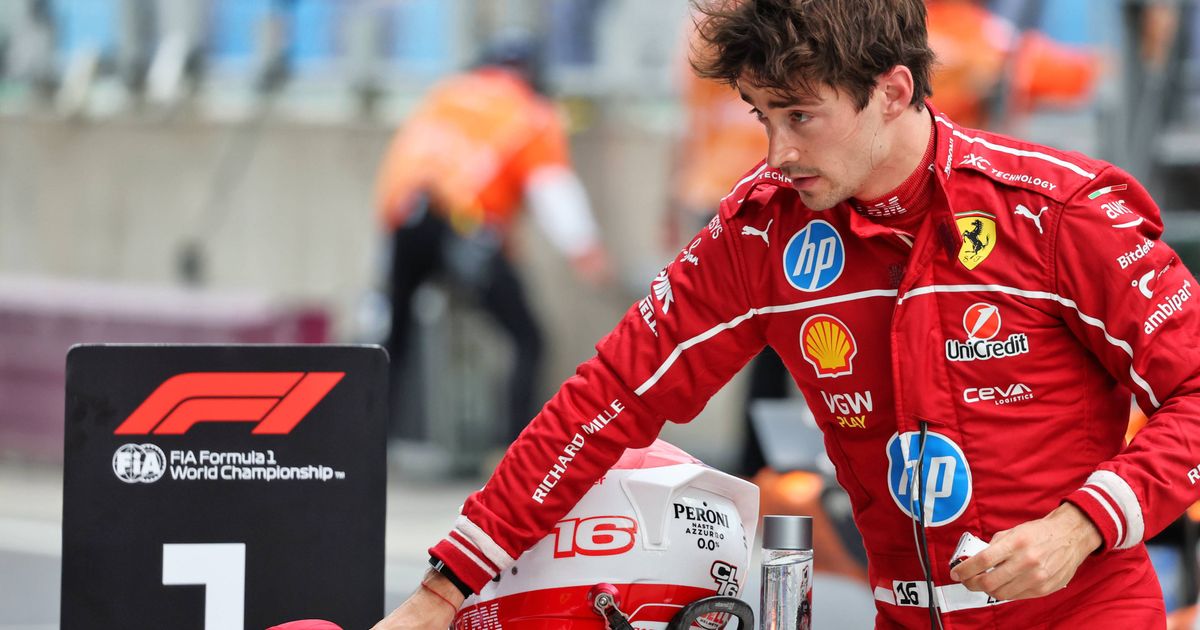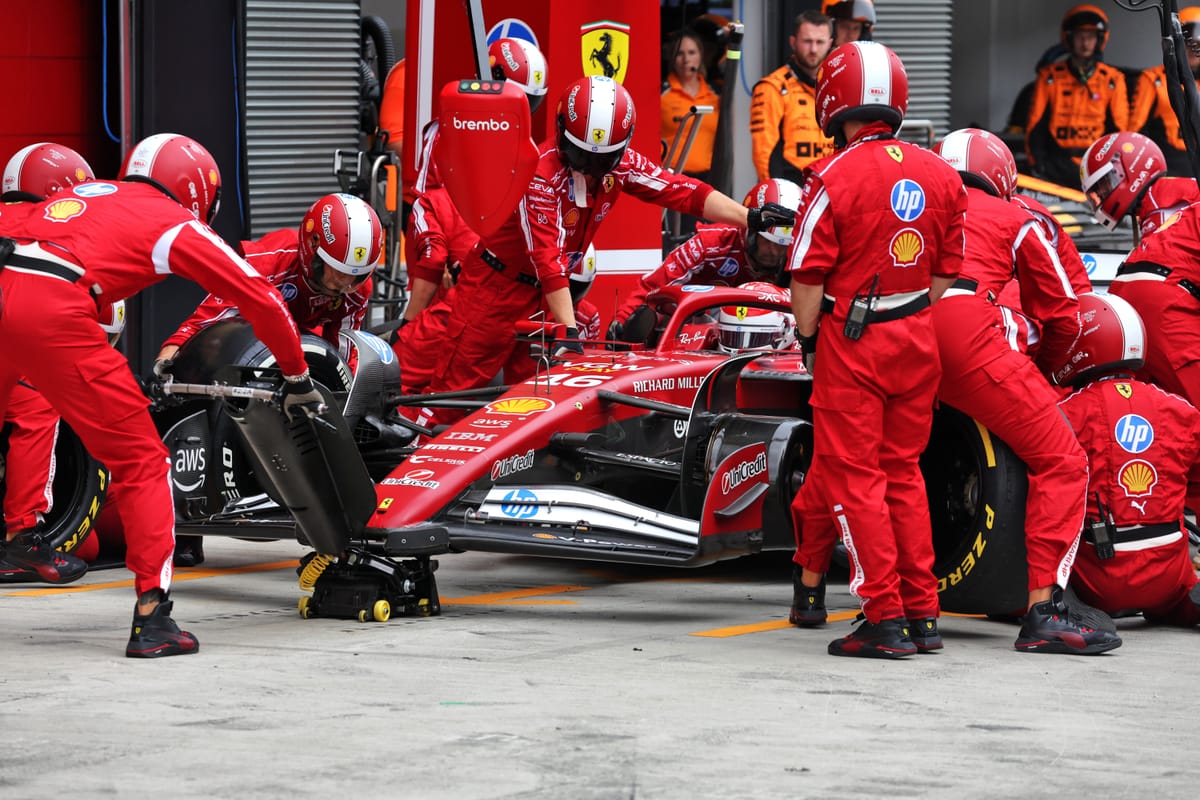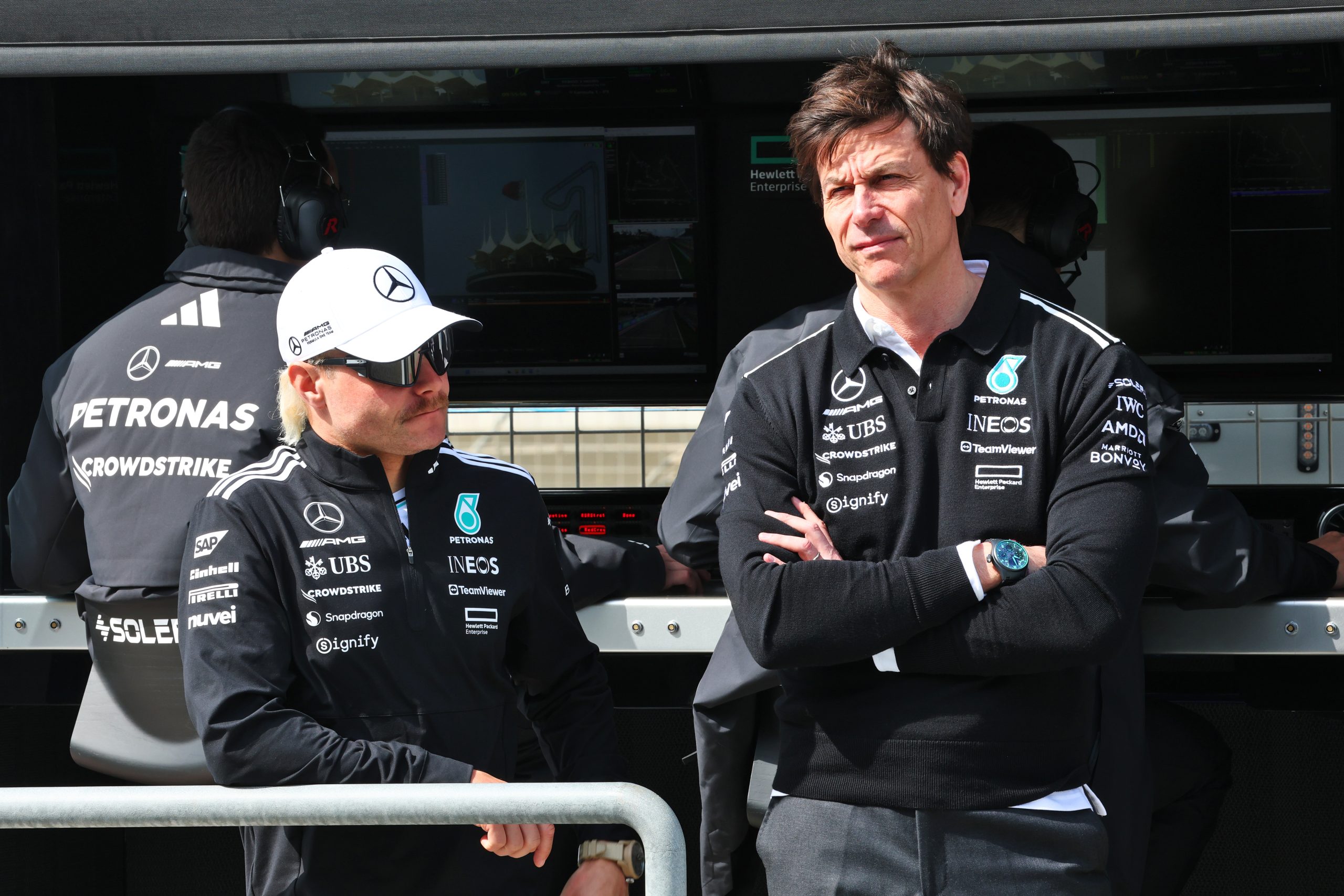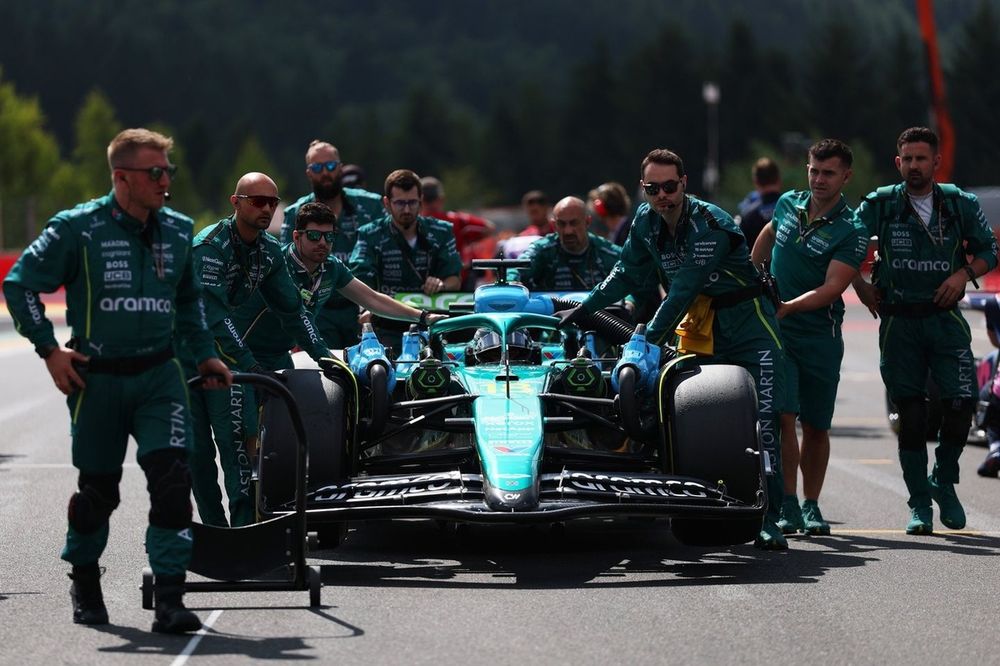Ferrari has concluded its investigation into Charles Leclerc's mysterious pace collapse at the Formula 1 Hungarian Grand Prix, officially ruling out any car failure. The team pinpointed specific pit-stop adjustments as the cause.
Why it matters:
Leclerc's sudden drop in performance after a strong start baffled Ferrari and was a major talking point. This analysis provides a clear explanation, shedding light on the team's ongoing challenges with car setup and regulatory compliance, specifically concerning plank wear.
The details:
- Leclerc, starting from pole, controlled the early stages of the race, fending off McLaren's Oscar Piastri.
- His pace dramatically deteriorated after his final pit-stop, causing him to fall to fourth place.
- Initially, both Leclerc and team principal Fred Vasseur were at a loss for an explanation, suspecting a chassis issue.
- Investigation findings: Ferrari confirmed nothing broke on the car. The issues were almost certainly caused by changes made during the final pit-stop.
- Specific adjustments: An increase in tire pressures for Leclerc's final set of tires and an alteration to the front wing.
- A Ferrari spokesperson stated that this combination of tweaks adversely affected the car's handling, creating an unexpected balance shift.
The big picture:
These pit-stop changes were likely made to protect the car's plank from excessive wear, a problem Ferrari has faced all season. Higher tire pressures slightly lift the car, reducing the risk of the plank hitting the ground. However, this comes at the cost of less tire contact with the track, impacting pace, balance, and tire temperatures.
Ferrari learned the hard way about plank wear at the Chinese Grand Prix, where Lewis Hamilton's disqualification highlighted the risks. Team boss Vasseur admitted this fallout had overshadowed much of their campaign, forcing them to run with a larger margin for safety, which significantly impacts performance.
What's next:
Ferrari continues to grapple with the delicate balance between maximizing performance and ensuring regulatory compliance, especially regarding ride height and plank wear. This incident underscores the critical importance of fine-tuning pit-stop strategies and understanding the full implications of setup adjustments.



